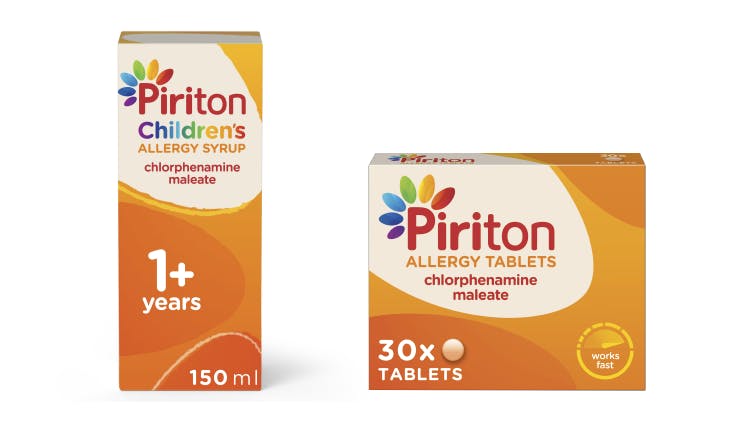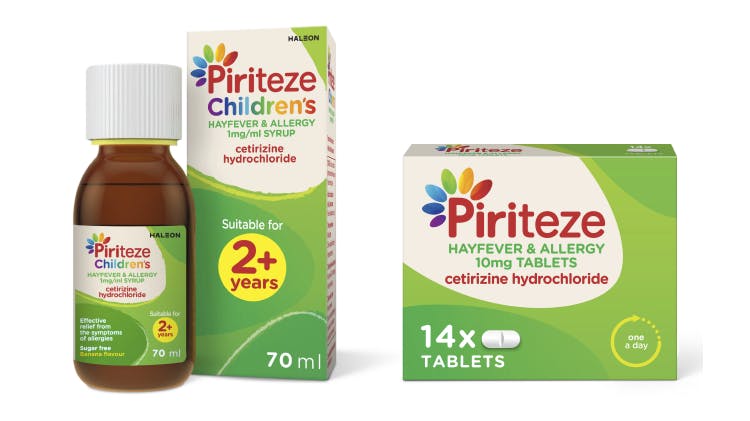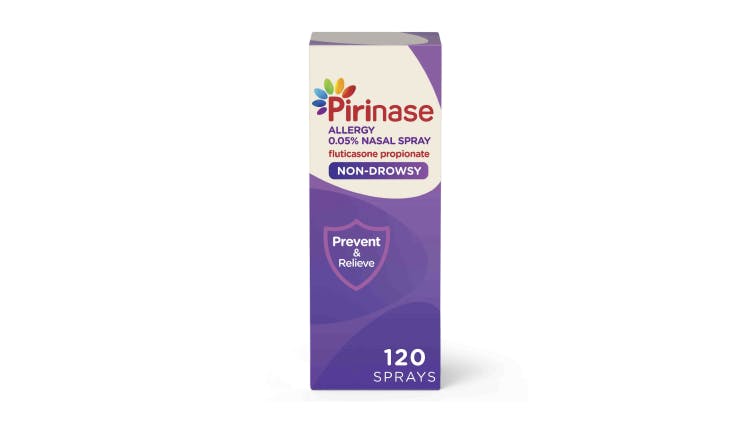Allergies: Causes and mechanisms

What is an allergy?
An allergy is an excessive or abnormal adaptive immune response directed against non-infectious, often inert environmental substances (allergens), including non-infectious components of certain infectious organisms.1
44% of British adults suffer from at least one allergy and this is on the rise, and 48% of sufferers have more than one allergy according to data from 2010.2 For people with allergies, persistent or repetitive exposure to allergens, which are typically innocuous substances, results in chronic allergic inflammation.1
In turn, this can produce long-term changes in the structure of the affected organs and substantial abnormalities in their function.1
Oral antihistamines and Intranasal steroids (INS) – first line recommendations for allergic rhinitis5

Piriton Children’s Allergy Syrup and Piriton Allergy Tablets (chlorphenamine maleate)
Find out more about Piriton tablets and syrup.

Piriteze Hayfever & Allergy 10mg Film Coated Tablets, and Piriteze Children's Hayfever & Allergy 1mg/ml Syrup (P) (cetirizine hydrochloride).
Find out how Piriteze can help your patients.

Pirinase Allergy 0.05% Nasal Spray (fluticasone propionate)
Find out more about Pirinase Allergy Nasal Spray.








